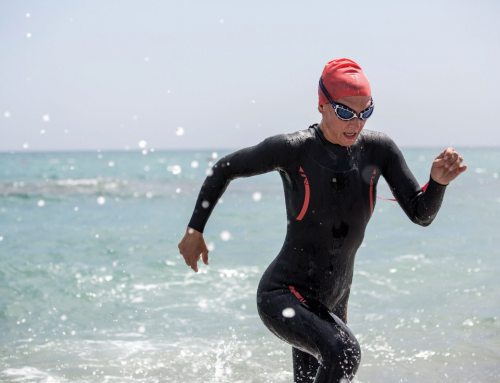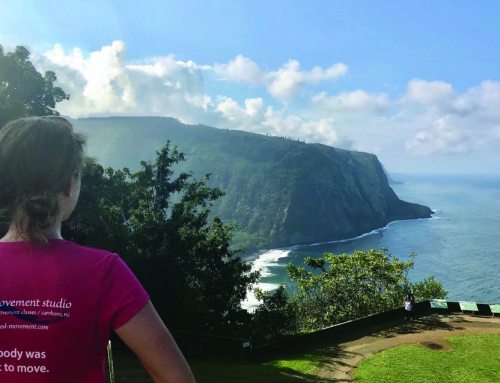By Shefali Christopher
No one likes to be injured, especially before a big race. After hours of training and dedication, there is nothing worse than throwing your hard work (and expensive race fees) down the tube. Here are some tips for your race season that will keep you going.
1. Make your recovery as important as your workout.
Figure out how much rest your body needs to recover for the next workout. A simple and often overlooked way to recover is quality sleep. Lack of sleep, when combined with stressors like work, family, and training, can quickly leave your immune system running on empty.
Also, don’t wait for injury or fatigue to take your day off. Know the signs of overtraining and periodize your training plan. A simple model like “three weeks hard, one week easy” can keep you fresh and position you to be at your best when it matters most.
2. Eat like you mean it.
People always worry about race weight, but endurance athletes often don’t eat enough, often enough, or at the right time. Louise Burke, an Australian nutritionist, has written some fabulous articles about carbohydrates for training and competition and developed guidelines about how much “carbohydrate availability” athletes should have.
Daily Needs for Fuel and Recovery
|
Exercise |
Carbohydrate target amounts |
Type and timing |
|
Light: low-intensity or skill-based activity |
3-5g per kg* of athlete’s body mass per day |
patterns of intake are guided by convenience and choice as long as total fuel needs are met |
|
Moderate: ~1 hour per day |
5-7g per kg per day |
As above |
|
High: moderate- to high-intensity 1-3 hours per day |
6-10g per kg per day |
Protein and nutrient-rich carbs |
|
Very High: moderate- to high-intensity 4-5 hours per day |
8-12g per kg per day |
As above |
*1 kg = 2.2 pounds
Source: Burke LM et al. (2011). Carbohydrates for training and competition. Journal of Sports Sciences 29 Suppl 1:S17-27.
3. Are you strong enough?
Athletes often make recovery and strengthening priorities during the offseason, only to neglect or even ignore them when their season begins. Make sure you keep up with them during the season, even if it means doing a few strengthening exercises as part of your cooldown. Staying strong can boost power output and save you from developing compensation patterns that lead to injury. Implementation of resistance exercises with an external load, be it machines, free weights or resistance bands, is key because after a few weeks your body weight will not be enough to challenge you.
4. Take time to prevent injury.
Gone are the days of rolling out of bed and pushing your body to its limits. Prepare your muscles to move with a dynamic warm-up before your workout, and finish with static stretching and/or foam rolling. This helps keep you from developing overuse injuries throughout the season.
You can also prevent injury by following the rule of 10 percent. Do not increase your running mileage more than 10 percent from one workout to the next. For example, if you did a long run of six miles this week, next week’s should not be longer than 6.6 miles. For biking or swimming, the rule is 20 percent.
If you do encounter an injury, take time off now. If it still hurts after two weeks off, see a physical therapist. More often than not, overuse injuries happen due to mechanics and weakness. Allowing a PT to look at this sooner than later can help you miss fewer training days.
5. Plan for life.
Accept the fact that you’re going to miss workouts here and there and have a back-up plan. Missing a workout doesn’t mean you have to double up the next day. Identify your most important workouts, so that when you’re left with one day and two sessions to complete you know which one to skip. If all else fails, make the most of the time you’ve got. If you can do 40 minutes of your 60-minute workout, it will be worth it .
Finally, remember that you made a long-term commitment to your family and a short-term commitment to your race. Don’t obsess over the weekend’s brick when you should be enjoying your kid’s T-ball game.
# # #
Shefali Christopher PT, DPT, SCS, LAT, ATC works for Proaxis Therapy at Southpoint and Carrboro. She is an endurance athlete who plans to race Belews Lake and Kerr Lake Triathlons in 2013. Now that she’s in the 30-35 year age group, she really needs to start following her own advice …





